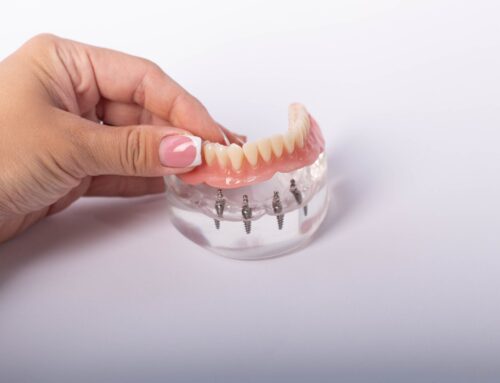When you have cavities or decay, you have a choice between extractions and fillings. This is a pivotal decision to preserve your oral health and function. It's important to understand the circumstances that warrant each procedure. Knowing how to determine which option is best for you is vital to maintain your dental well-being. In this blog, we explore why someone may need an extraction or a filling. We go over what each procedure entails. We also provide insights on how to navigate the decision-making process.
Why Someone Would Need an Extraction
A dental extraction involves the removal of a tooth from its socket in the jawbone. The procedure requires local anesthesia to ensure comfort. It may be a simple extraction for visible teeth or a surgical extraction for complex cases. Extractions are best when a tooth has severe damage, decay, or poses a threat to your oral health. Common reasons for extractions include:
- Severe decay that has compromised the tooth structure
- Advanced periodontal disease leading to tooth mobility
- Trauma or injury resulting in irreparable damage
- Overcrowding or impaction affecting orthodontic treatment
- Preparation for dentures or orthodontic procedures
Why Someone Would Need a Filling
A dental filling involves the removal of decayed or damaged tooth material. A dentist then restores the tooth with a filling, such as composite resin, amalgam, gold, or ceramic. Fillings help to rebuild the tooth's structure and prevent further decay. It helps to restore normal biting and chewing functions. Fillings are best when a tooth has a cavity or minor damage that a dentist can repair. Reasons for needing a filling include:
- Cavities resulting from bacterial plaque and acid erosion
- Fractures or chips in the tooth enamel
- Wear and tear from bruxism (teeth grinding)
- Cosmetic enhancements to improve tooth shape or color
Extractions vs Fillings: How To decide
Assess the extent of damage to the tooth. If the decay or damage is superficial and a dentist can restore it, a filling may be enough. If the tooth structure is too compromised, extraction may be necessary. Consider the long-term impact of each procedure on your oral health. Fillings preserve natural tooth structure but may need maintenance over time. Extractions address immediate concerns but may lead to functional or aesthetic challenges. These will need more interventions over time like implants or bridges. Seek guidance from a qualified dentist who can look at your oral health. They can discuss the pros and cons of each procedure with you. They will recommend the best course of action based on your specific needs.
Contact Us
The decision between extractions and fillings is a significant aspect of dental care. It requires careful consideration of your circumstances, oral health objectives, and long-term implications. It's important to know when you should consider each procedure and what they entail. If you are considering getting a filling or an extraction, contact us today. We can help you navigate dental treatment decisions and focus on your oral health.






